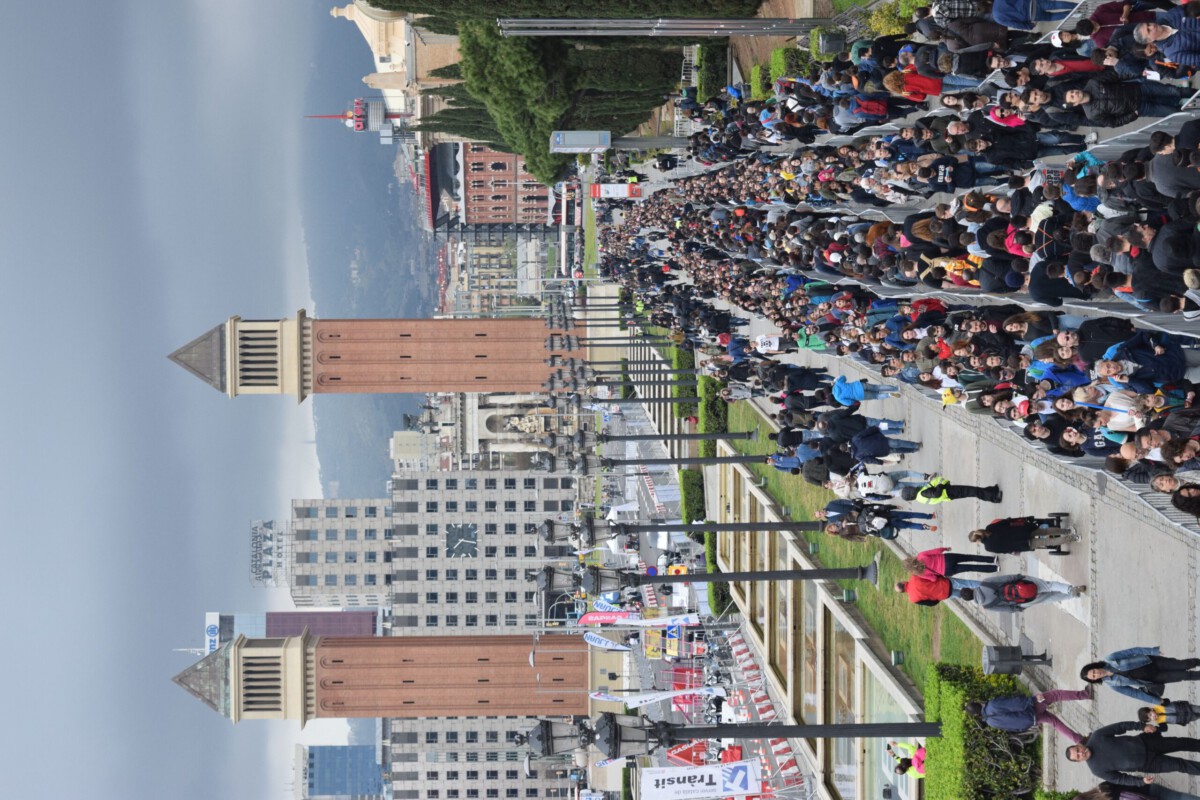San Antonio, a city celebrated for its vibrant culture and economic vitality, now finds itself at a crossroads. The recent imposition of tariffs on Canadian goods has sparked a wave of concern throughout the region. How will this affect San Antonio’s economy? As the city braces for potential challenges, the implications of these tariffs could be far-reaching and deeply impactful.
Understanding Tariffs

Tariffs, essentially taxes on imported goods, are designed to make foreign products more expensive. The primary intention behind this is to protect domestic industries by encouraging consumers to opt for locally produced items. However, this protectionist measure often comes with its own set of challenges. When it comes to Canadian goods, these tariffs can lead to strained diplomatic ties and increased costs for everyday consumers. For a city like San Antonio, where trade relationships are crucial, the economic ripples could be significant.
The Economic Landscape of San Antonio

San Antonio’s economy is a tapestry woven from diverse threads, including healthcare, tourism, and manufacturing. This diversity has been a cornerstone of the city’s growth, attracting both businesses and a skilled workforce. Yet, the introduction of tariffs could unravel some of this progress. Industries that depend heavily on Canadian imports might find themselves in a precarious situation, potentially stalling the momentum that San Antonio has enjoyed in recent years.
Impact on Manufacturing

Manufacturing stands as a pillar of San Antonio’s economic structure. Many manufacturers rely on Canadian materials, and tariffs could inflate their production costs. Companies might face the tough decision of absorbing these costs or passing them on to consumers. This could reduce the competitiveness of local manufacturers, possibly leading to job cuts and decreased economic output. The manufacturing sector, once a beacon of stability, may now face turbulent times.
The Healthcare Sector

In San Antonio, healthcare is more than just a service; it’s a rapidly growing industry. Many medical devices and pharmaceuticals are sourced from Canada. Tariffs could inflate the costs of these essential items, impacting both healthcare providers and patients. As costs rise, the growth of healthcare-related businesses, which depend on affordable Canadian imports, could be stifled. The potential for increased healthcare expenses looms large, affecting the well-being of the city’s residents.
Tourism and Hospitality

San Antonio’s charm and history draw millions of tourists annually, including many from Canada. The tourism and hospitality sectors are vital to the city’s economy. However, tariffs could deter Canadian tourists, leading to a decline in revenue for local businesses. The ripple effect on employment and economic stability could be profound. As fewer tourists visit, the vibrancy that San Antonio is known for might see a dimming.
Consumer Prices and Purchasing Power

For the everyday consumer in San Antonio, tariffs could mean higher prices for goods imported from Canada. This surge in costs could erode purchasing power, forcing residents to reevaluate their spending habits. As the cost of living rises, household budgets may be strained, casting a shadow over the city’s economic stability. The once-thriving consumer market might face a slowdown, impacting businesses across the board.
The Role of Local Government

Local government officials in San Antonio are acutely aware of the potential impact of tariffs. They are actively seeking strategies to safeguard the city’s economic interests while maintaining amicable relations with Canadian trade partners. This might involve advocating for policies that support affected industries or exploring ways to cushion the economic blow. The government’s proactive stance will be crucial in navigating these uncertain waters.
Potential Solutions and Alternatives

San Antonio’s resilience lies in its ability to adapt. To counter the challenges posed by tariffs, the city might explore alternative solutions such as diversifying supply chains or investing in local production. Seeking new trade agreements could also be on the table. By fostering innovation and resilience, San Antonio can better position itself to weather the complexities of international trade and emerge stronger.
The Broader Implications

The tariffs with Canada represent more than just an economic hurdle; they underscore the fragile nature of international trade relations. For San Antonio, the impact could be profound, affecting everything from jobs to consumer confidence. The city’s leaders and businesses must collaborate to navigate this landscape, ensuring that San Antonio’s economic future remains bright and promising. The decisions made in response to these tariffs will shape the city’s trajectory for years to come.




